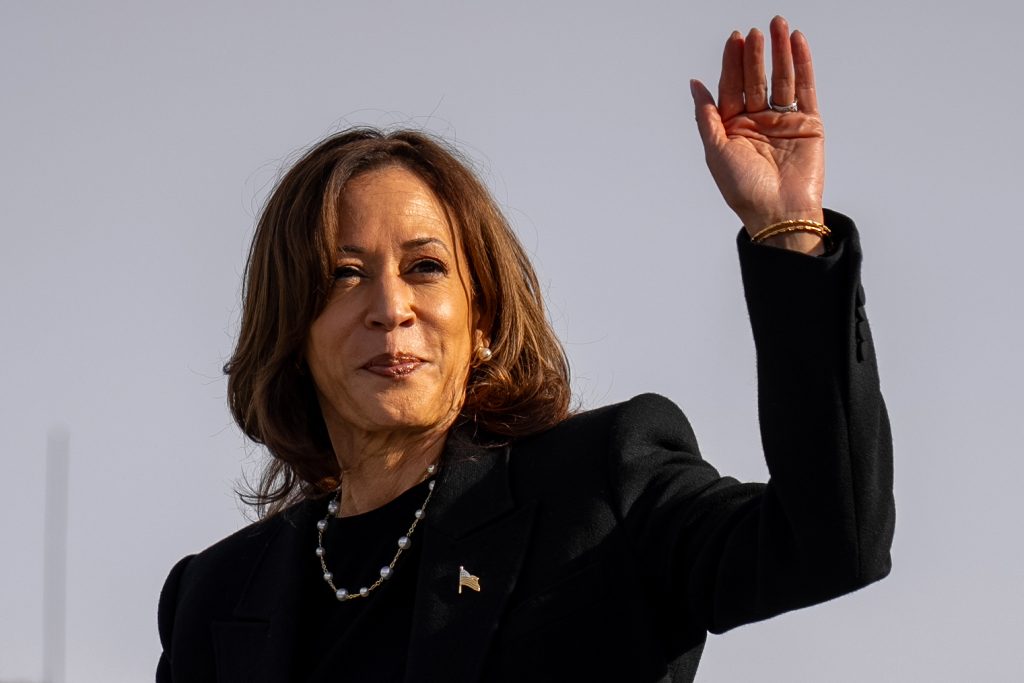Political analyst Nate Cohn discussed why polls may underestimate Vice President Kamala Harris’ chances in the upcoming presidential election. Cohn highlighted how polls underestimated former President Donald Trump in 2016 and 2020, but suggested that changes in polling methods could lead to more accurate results this time around. However, he mentioned that the assumption that Trump’s supporters are unreachable could result in pollsters overcompensating, potentially underestimating Harris in the process.
Cohn argued that pollsters may still underestimate Trump, as they struggle to reach less engaged and less educated voters who tend to support him. He also noted that if polls show Trump doing well among these demographics, it might signal a breakthrough in reaching his core supporters. Despite challenges in accurately polling these groups, Cohn emphasized that polls showing Trump performing better among disengaged voters could be a positive development in representing the overall electorate.
According to poll aggregator 538, Harris is leading Trump by a small margin nationally, with Silver’s polling analysis also showing a slight advantage for the Democratic candidate. However, national polls only predict the popular vote, while the Electoral College system determines the final outcome. Polls in swing states like Pennsylvania, Nevada, Wisconsin, Michigan, North Carolina, Georgia, and Arizona paint a close race between the two candidates, with slight leads for Trump in some states and Harris in others.
In Pennsylvania, Trump and Harris are running neck-and-neck, with 538 showing a slight lead for the former president and Silver’s analysis indicating a similar trend. Nevada also reflects a tight race, with Trump holding a small advantage over Harris. Wisconsin and Michigan are similarly close, with Harris leading in both states by a slim margin. Trump has a slight edge over Harris in North Carolina, while his lead grows in Georgia and Arizona, according to the latest polling numbers.
Overall, the polls suggest a competitive race between Harris and Trump in key swing states, with both candidates having a chance at victory. The uncertainty surrounding poll accuracy and the challenges of reaching certain voter demographics emphasize the need for caution in interpreting polling data leading up to Election Day. As the candidates make their final campaign pushes, the outcome of the election remains unpredictable, and the margin of victory could be influenced by various factors, including voter turnout and last-minute developments in the political landscape.


